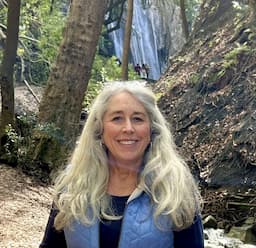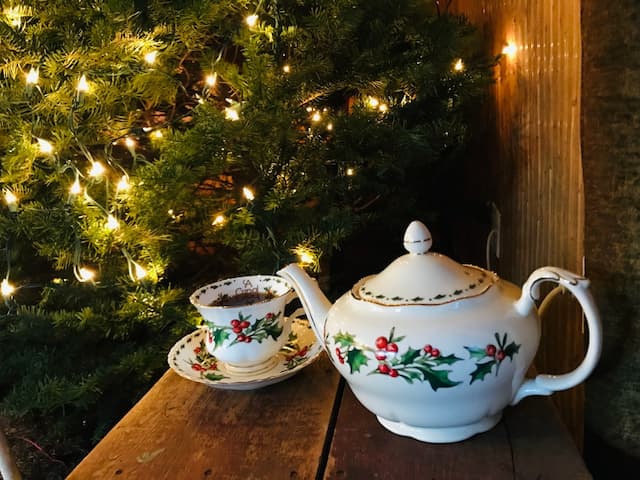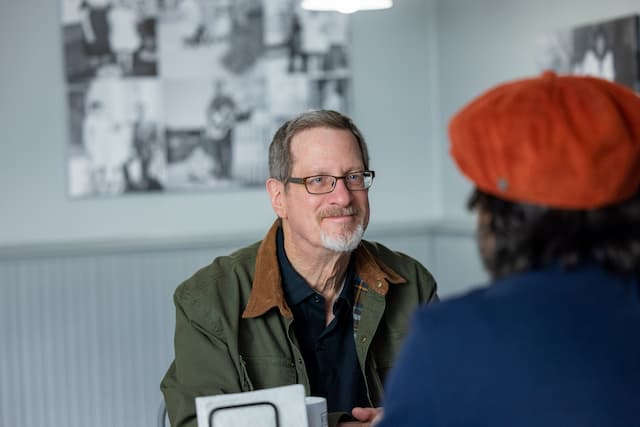The Privileged Life: Honoring Veterans

“I have fought the good fight, I have finished the race, I have kept the faith.” 2 Timothy 4:7
Today is yet another Veterans Day…a ho-hum moment for many Americans, but not for those who have worn or continue to wear the uniform of one of our armed forces. It’s a day to treasure our freedom and honor our country’s veterans. It’s a day when I think of family members who have bravely served, that we all might enjoy freedom at home.
The military heritage of my family consists mostly of draftees—from those who fought in the Revolutionary War on up to World War I, World War II, and the Korean Conflict. But they were all proud to serve and relieved to return safely.
My grandfather James Canestrari, an Italian immigrant in his childhood, returned to Europe as an adult and fought in World War I in the Argonne Forest of France; years later, he received his American citizenship as reward for his service. His son, Kenneth, would likewise go to Europe in World War II just as the fighting was coming to a close.
Despite being blind in one eye, my dad—Donald Canestrari—was drafted during the Korean War and served two years in the Signal Corps, a unit being prepared as a communication center in case World War III broke out. Dad’s experience led him to a life-long career in radio technology, and he never forgot the lessons learned from his military life.
But my father-in-law had perhaps the most interesting military experience…with a top-secret mission in World War II.
To help the Russians build up their naval forces in preparation for an assault on Japan, the U.S. Navy had entered into a lend/lease agreement whereby U.S. vessels—patrol frigates, supply ships, minesweepers, landing craft, floating workshops, and submarine chasers—were reconfigured and turned over to the Soviets at a tiny base called Fort Randall at Cold Bay in the Aleutian Islands, Alaska. The secret project was coded “Project Hula,” a name better suited for balmy Hawaii than chilly Alaska.
My father-in-law, Arnold Williams, was just one among a handful of U.S. Navy personnel assigned to work at the base in 1945. He was sworn to secrecy about its operations. Arnold was a member of the Seabees, so called because of the “C.B.” initials for the Marine Construction Brigade. He had already served in U.S. forces for almost five years, part of that time at Wallis Island near the South Pacific combat zone in the Coral Sea.
Arnold was put in charge of the Navy laundry, cleaning all the Russian uniforms. During the months he worked there, some 12,000 Soviet Navy personnel—about 750 officers and 11,250 enlisted men—came in and out through the port in Cold Bay.
“We couldn’t understand their language,” Arnold said. “I liked them myself. But because of the communist influence and the KGB there, they didn’t like us too well.”
Russian supply ships also came into Cold Bay. “They had great big Russian women,” he said. “They were so strong. We saw three of them take the big naval hawser lines, something it would take six American sailors to pull, to tie up their ship. They were real tough military ladies.”
(There’s more to this great story…to be continued next week!)
#theprivilegedlife #theprivilegedlife #lightbournecreative #thankful #privileged #gratitude #abundantlife #Christianprivilege #veteransday #worldwari #worldwarii #honorourveterans #coldbayalaska #projecthula #signalcorps #argonneforest #russiannavy #sovietunion #aleutianislands #seabees #fortrandall






